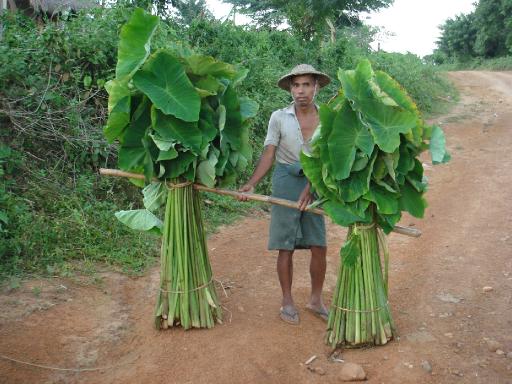
Recently Rated:
Stats
Work interests: Crop Wild Relatives (CWR), plant domestication, crop history, biodiversity, ethnobotany
Affiliation/website: National Museum of Ethnology, Osaka, Japan
Preferred contact method: Any
Preferred contact language(s): English, German
Contact: Dr Peter J. Matthews, Project Leader: pjm [at] minpaku [dot] ac [dot] jp
Favourite publications:
Taro story published in National Geographic magazine
Today I received a link to a new a newly published story in National Geographic magazine.
Title: "How taro is eaten around the world" (11th July, 2023; 7 minute read)
The author, Abigail Bassett (an independent journalist and writer based in California) sent me this note:
"Thanks again for your time a few weeks ago for my story on Taro. The piece is now live on National Geographic, here.
Below: White heron feeding on wildlife in a rice pond next to taro (PJM: Kyoto 13th. July 2023). Taro/rice pondfields in Japan still support some snails, frogs and small fish, though much biodiversity has been lost with the intensive use of herbicides and pesticides. In Southeast Asia, the cultivated wetlands are still a source of many wild foods (including fish and edible wild taros that are cooked and eaten together).

